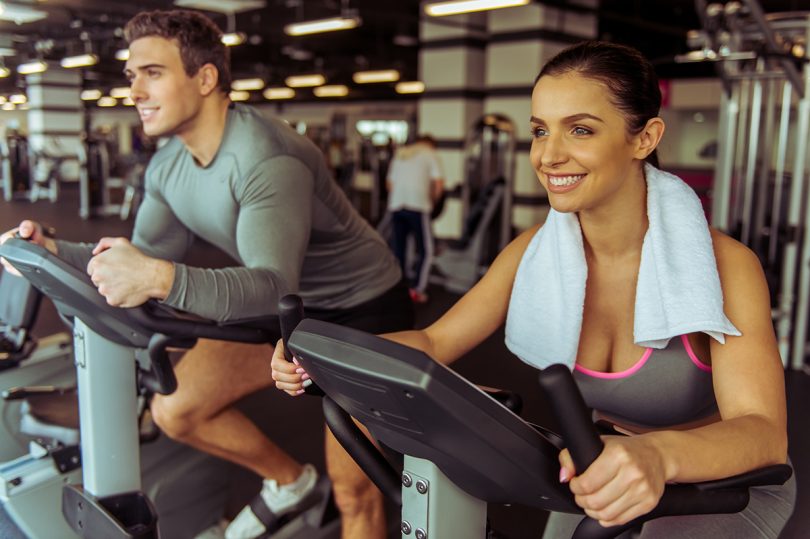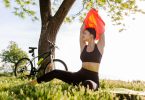The myriad benefits of exercise permeate far beyond mere weight loss. It invigorates mental health, boosts immunity, improves sleep, and wards off numerous diseases. With a plethora of exercise types, it’s crucial to find the one that resonates with your body and goals. This exploration will guide you through the labyrinth of exercise types, enabling you to carve a unique fitness journey.
Table of Contents
- Cardiovascular Exercises: An Essential Type of Exercise/a>
- Strength Training: A Key Type of Exercise
- Balance and Flexibility Exercises
- High-Intensity Interval Training (HIIT): A Trending Type of Exercise
- Mind-Body Exercises
- Outdoor Exercises: The Refreshing Type of Exercise
- Group Exercises
- Conclusion
Cardiovascular Exercises: An Essential Type of Exercise
Cardiovascular exercises, or cardio, are the cornerstone of many fitness programs. This category is replete with options, from brisk walking and running to swimming and cycling, even extending to household chores like mowing the lawn. Cardio is any activity that incrementally elevates your heart rate and sustains it over a period, thereby improving the endurance and health of your heart and lungs.

The bouquet of benefits offered by cardio exercises extends well beyond weight management. Regular cardio bolsters heart health, enhances lung capacity, reduces the risk of heart disease and stroke, helps control diabetes, and improves overall cardiovascular fitness. Cardio is also known for its mood-enhancing capabilities, helping alleviate symptoms of depression and anxiety. Furthermore, a good cardio session can aid in better sleep quality, thanks to its stress-relieving attributes. It’s vital to begin slowly, pace yourself, and gradually increase the intensity for a safe and effective cardio routine.
However, there’s a prevalent myth that cardio alone is sufficient for a comprehensive fitness program. While it forms a substantial part, it’s equally important to incorporate strength training and flexibility exercises for a well-rounded regimen.
Strength Training: A Key Type of Exercise
Strength training, often associated with bodybuilders and athletes, has universal importance. It primarily focuses on building muscle strength, but it’s a multifaceted exercise type, also improving bone health and overall body composition. Whether through bodyweight exercises, free weights, weight machines, or resistance bands, strength training entails exerting your muscles against some form of resistance.
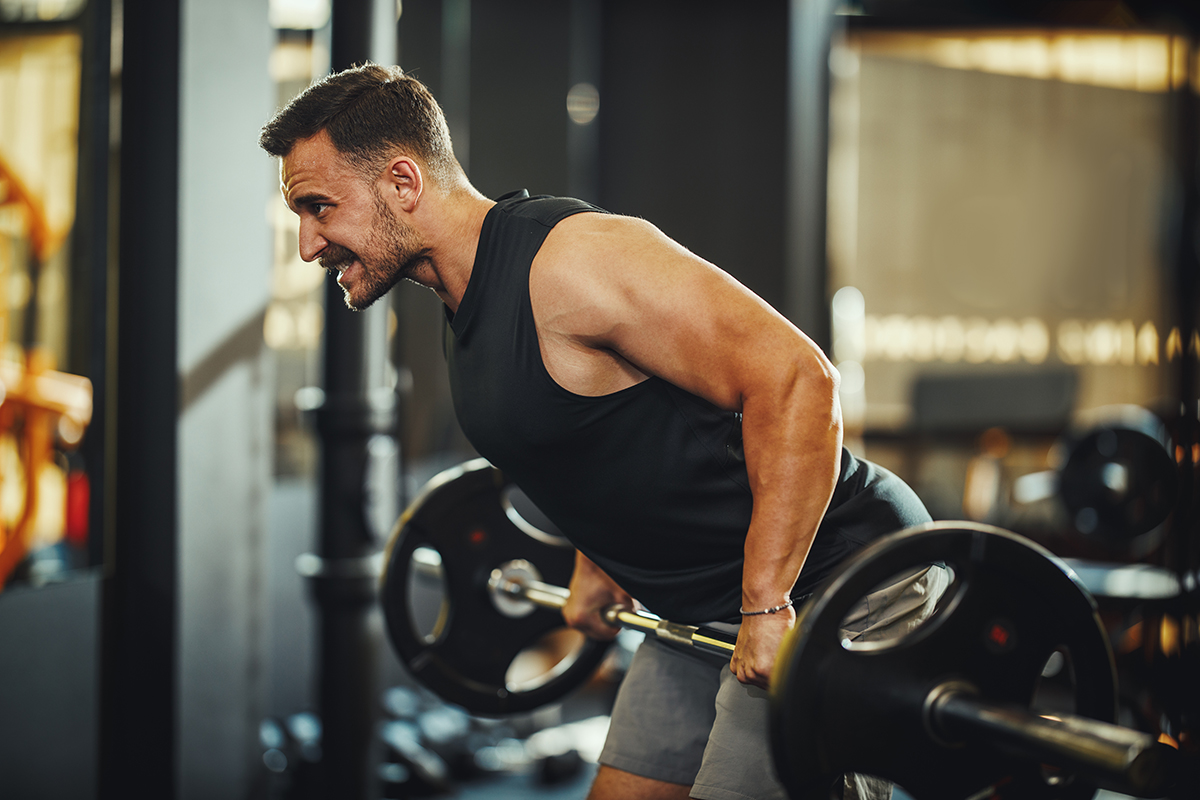
The array of health benefits from strength training include increased lean muscle mass, stronger bones, better metabolism (which aids in weight control), and improved posture and balance. Furthermore, it can also help control various chronic conditions such as back pain, arthritis, obesity, heart disease, depression, and diabetes. And for those reluctant about visiting the gym, there’s good news. Strength training isn’t confined to heavy weights and machines. Simple bodyweight exercises like push-ups, pull-ups, squats, or lunges can all be done at home and effectively build strength.
A common misconception about strength training is that it makes women bulky. The reality, however, is quite contrary. Women have 10 to 30 times less testosterone than men, making it much harder to bulk up. Instead, strength training can help women tone their bodies and lose fat more effectively.
Balance and Flexibility Exercises
Balance and flexibility exercises are often the unsung heroes of fitness. Despite being overshadowed by high-intensity counterparts, they are fundamental to a comprehensive fitness regimen. They contribute to improved movement, posture, and joint health. From yoga and Pilates to tai chi and stretching exercises, this category emphasizes enhancing stability, coordination, and range of motion.
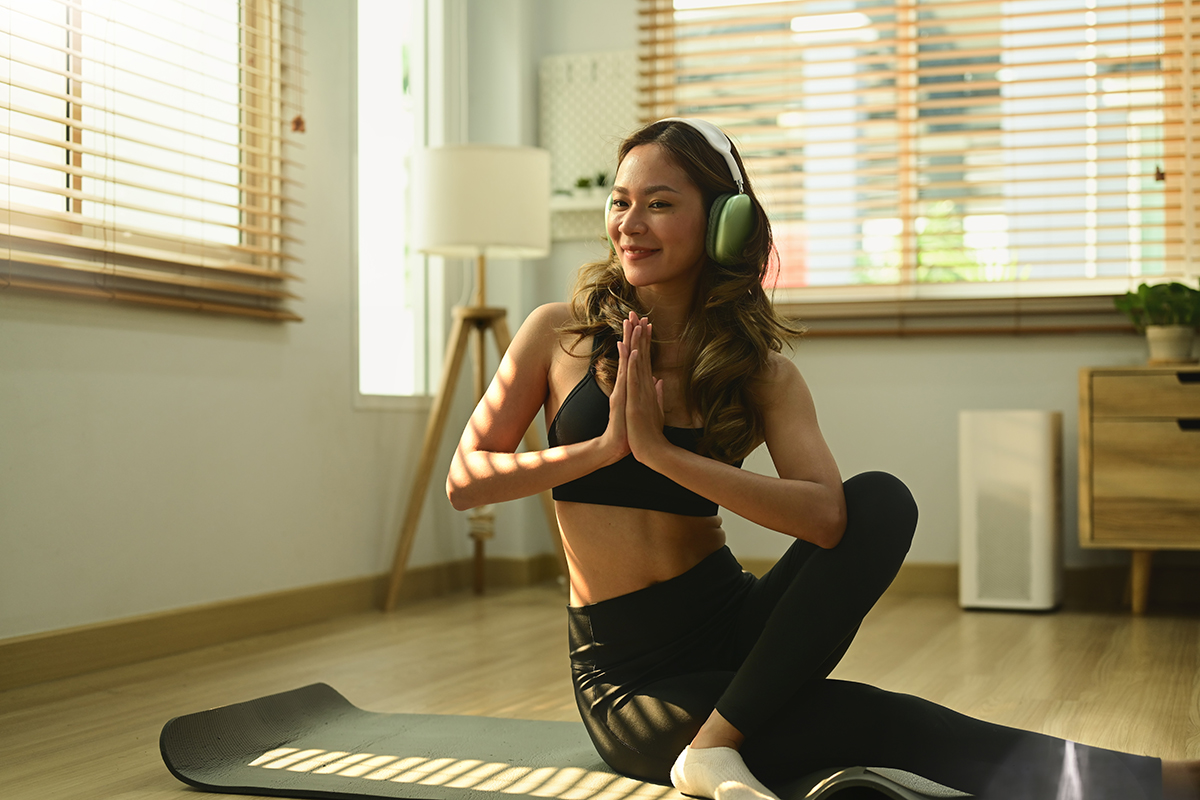
Including these exercises in your routine can offer a host of benefits such as alleviating muscle stiffness and pain, reducing risk of falls in older adults, enhancing athletic performance, and improving posture. This is particularly beneficial considering our increasingly sedentary lifestyles. Furthermore, balance and flexibility exercises often entail a mind-body connection, helping reduce stress and induce a calming effect.
A common fallacy is that flexibility exercises are only for dancers and gymnasts. In reality, everyone can benefit from these exercises. They not only enhance athletic performance but also ease everyday activities like bending, reaching, or twisting.
High-Intensity Interval Training (HIIT): A Trending Type of Exercise
High-Intensity Interval Training (HIIT) has surged in popularity, thanks to its time-efficient workouts. HIIT involves alternating between short, intense bursts of exercise and brief recovery periods. This exercise type is renowned for burning calories at a rapid pace.
Among the plethora of HIIT benefits are improved cardiovascular health, enhanced metabolism, increased calorie burn, and decreased insulin resistance. Furthermore, it helps boost endurance and can be done anywhere with little or no equipment. It’s an excellent option for those strapped for time yet yearning for a high-energy workout. However, it’s crucial to warm up properly before a HIIT workout to prevent injury. While it’s a potent fitness tool, it shouldn’t replace other forms of exercise. A balanced workout regimen with strength, flexibility, and balance exercises, complemented by HIIT, can maximize overall fitness.
Contrary to the belief that HIIT is only for athletes or the extremely fit, with appropriate modifications and guidance, almost anyone can reap the benefits of HIIT. It’s important to listen to your body and modify the intensity to fit your current fitness level.
Mind-Body Exercises
Mind-body exercises are a blend of physical activity and mental focus. This type of exercise includes yoga, tai chi, qigong, and some forms of Pilates. These exercises aim to enhance physical fitness while improving mental focus, reducing stress, and increasing mindfulness.
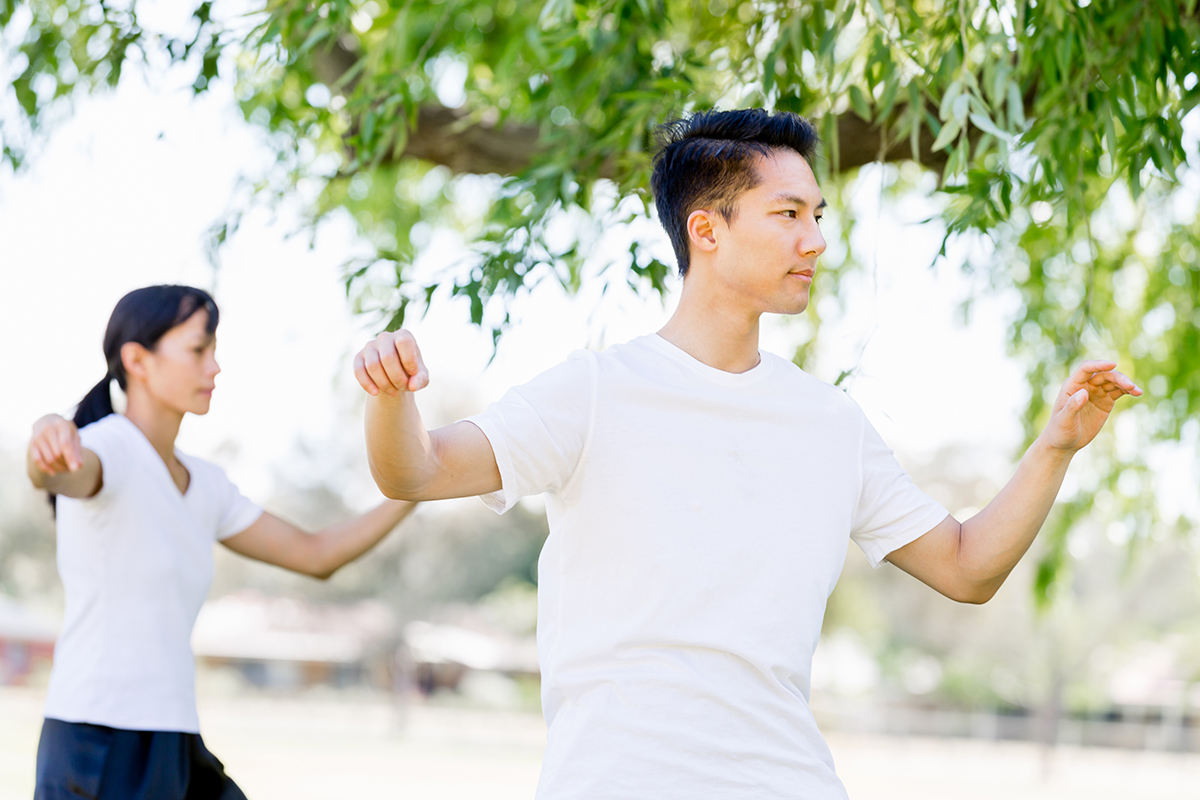
The list of benefits from mind-body exercises is extensive. They can improve flexibility, balance, strength, and overall fitness, reduce stress, and enhance sleep quality, mental clarity, and mindfulness. Moreover, mind-body exercises can help manage chronic conditions like heart disease, depression, and arthritis.
A frequent misconception about mind-body exercises is that they are not “real” workouts. While they may not be as intense as a HIIT session or a long run, they still provide a substantial workout and have been proven to positively impact overall health and wellbeing.
Outdoor Exercises: The Refreshing Type of Exercise
Exercising outdoors, also known as “green exercise,” can be a refreshing change from the indoor gym setting. From trail running and hiking to outdoor yoga and beach volleyball, it adds a dose of nature to your fitness routine.

Besides the inherent physical benefits of the chosen activity, outdoor exercise has been linked to improved mood, stress reduction, and enhanced self-esteem. It also adds a natural element of resistance and variability, making the workout more challenging. However, be mindful of the weather and safety, especially when exercising in extreme temperatures or secluded areas.
A common myth is that outdoor exercise is less effective than gym workouts. In truth, with proper execution and intensity, outdoor workouts can be just as, if not more, effective. Plus, the psychological benefits of being in nature can’t be matched by indoor exercise.
Group Exercises
Group exercises can provide several benefits. They can boost motivation, improve performance, foster a sense of community, and make exercising more enjoyable, thereby encouraging consistency. Whether it’s a dance class, a basketball game, or a walking group, consider adding group exercises to your routine for a fun and social way to stay fit.

Aside from the social interaction, group exercise has been associated with better stress management, improved physical performance, and higher exercise adherence. The motivational boost from your peers can often help push you beyond your perceived limits, leading to greater fitness improvements. One common misconception about group exercise is that it’s not challenging enough. However, with the right instructor and class type, group exercise can offer a rigorous workout.
Conclusion
The world of fitness is vast and varied, offering a wide range of exercise types to cater to different needs and preferences. Understanding these different types can help you find a routine that aligns with your body, your goals, and your preferences. Remember, the best exercise is the one you enjoy and can stick with. Whether you choose cardio, strength training, balance and flexibility exercises, HIIT, mind-body, outdoor, or group exercises, consistency is key. So, get started on your fitness journey and embrace the path towards a healthier, happier you!

